18 Sep Ajinomoto in Cagayan de Oro: Seasoning Mindanao Kitchens for Almost 7 Decades
Literally millions of people from some 160 countries are using Ajinomoto to season and bring out the natural taste of foods from different recipes, this natural taste being called “umami.” It is this umami taste that Ajinomoto brings out when it is used to cook foods in a variety of ways. In the Philippines, the umami from Ajinomoto has been a part of the Filipino kitchen since after World War II, and there is hardly a kitchen in this country today that doesn’t contain Ajinomoto in its clear packaging form.
Ajinomoto was Aji-No-Moto Back Then
In 1907, a Japanese chemist, Dr. Kikunae Ikeda, discovered glutamate and how it was a key flavor element from extracted stock used for Japanese cuisine, the same way that western bouillon is extracted from pork or chicken. He named it glutamate or “umami.” The extracted stock came from Konbu seaweed.
In 1908, Saburosuke Suzuki II established Suzuki Seiyakusho Company, the early forerunner the Ajinomoto Company. Dr. Ikeda had earlier acquired a patent for manufacturing monosodium glutamate, while Suzuki was granted a joint share with Dr. Ikeda’s patent in order to establish the seasoning company. In May 1909, Aji-No-Moto was finally launched in Japan’s mass market.
In 1946, the company name of Ajinomoto Co., Inc. was finally adopted. In the 1920’s, the company began to expand to overseas markets, particularly in Southeast Asia, China, and the United States. Ajinomoto did not reach the Philippines until 1954. By 1958, the company’s exports was rapidly increasing that it decided to set up a factory for MSG production in the Philippines.
Thus, was born Union Chemicals Inc., and the first Ajinomoto factory in Rizal province, in 1962. In 1976, vitamin A was added to the MSG. 1991 saw the first product diversification from its single product. Over the following decades, more products have been introduced in the local Philippine market to meet the specific seasoning and cooking needs of Filipino recipes.
In June 1982, Union Chemicals changed its name to Union Ajinomoto Inc.
In April 2001, the present name of Ajinomoto Philippines Corporation was finally adopted.
In 2010 the company introduced its present slogan, “Eat Well, Live Well.”
Ajinomoto Products
Ajinomoto Philippines is now carrying 10 major products in its retail brand category.
Aji-no-moto Umami Seasoning (note the retention of the original name to distinguish the product name with the dashes and the company name without the dashes)
Ginisa Flavor Seasoning Mix
Aji-Shio Seasoning Mix
Crispy Fry Breading Mix
Amino Fres-C Powder Drink Mix (the first powder drink mix to be added with essential amino acids)
Sinigang Sampaloc Mix
- Tasty Boy Breading Mix
- Crispy Fry Seasoned Crumbs
- Chicken Powder Mix
Pork Savor All-in-One Seasoning Mix
Ajinomoto in Cagayan de Oro
Ajinomoto found its way to Cagayan de Oro only in 1964 when then Union Chemicals decided to expand to the provinces. Among provincial Stations were established are Cagayan de Oro, Butuan, Zamboanga, Ozamiz, Davao, General Santos and Cotabato.
Pioneer of Direct Cash Sales
Ajinomoto Philippines Corporation is one of the few companies that established direct cash sales model in the Philippines, this direct sales method has been extremely streamlined cash flow and stocks delivery to customers in all level, from biggest supermarkets, groceries, market stalla, REC ( Restaurant, Eatery & Carenderia ) down to small sari-sari stores. This is because Ajinomoto Philippines Corporation understands Filipino People, culture and cuisine, and they catered to the needs of tastes of every Filipino, this means that consumers can expect not only quality seasoning products but also more quality food products all with affordable price. APC will keep on exerting effort to provide delicious foods for the families to share happily together.
The Man in Northern Mindanao
Currently Mindanao divides into two areas, Northern and Southern Mindanao, for Northern Mindanao, Mr, Peter I. Samson is the Area Manager, Mr. Samson originally from Cebu, then later his parent migrated to Davao were he finished his college years at the University of Mindanao (UM), graduating with an Accountancy degree, APC became Mr. Samson’s first and current job, beginning as salesman in Davao, Ozamiz and General Santos.
He was assigned in his first handled station in Zamboanga, then Taclobam, Davao and Cagayan de Oro Station. Just last year he was newly transferred from Southern Mindanao Area Manager to Northern Mindanao based in Cagayan de Oro.
Some Health and Fun Facts about MSG
Glutamate is an amino acid that is naturally found in foods containing proteins. The human body itself produces large amounts of glutamate. Monosodium Glutamate (MSG) is simply the sodium salt extracted from glutamic acid, or glutamate. This crystalized form is extracted from sugarcane, similar to the crystalized forms of refined salt and refined sugar. The process of extracting glutamate is similar to the fermentation process used for making beer, soy sauce, vinegar, and yogurt. The enhanced food flavor is what the Japanese now call “umami.”
As far back as 1908, the Japanese Ministry of Health has studied and proven MSG to be safe. Since its use by the Japanese starting in 1908, no negative side or health effects have ever been recorded. The following experts have also studied, restudied, and have proven that MSG is safe for consumption:
- Federation of American Societies for Experimental Biology (FASEB), as commissioned by the US Food and Drug Administration – affirming in 1980 and reaffirming in 1995 that MSG is safe for the general population.
- United Nations Food and Agricultural Organization (FAO), jointly with the World Health Organization (WHO) – classified MSG as “not specified,” the safest category for any food additive with no daily intake limit.
- European Communities Scientific Committee for Food (SCF) – validated WHO findings for no numerical acceptable daily intake limit for MSG.
- Council on Scientific Affairs of the American Medical Association – validated in 1992 that MSG was fully safe for general consumption.
These medical and scientific experts also found and concluded that:
- MSG does not cause cancer
- There is no such thing as “Chinese Restaurant Syndrome”
- MSG is not an allergen
- MSG is safe to be consumed even by pregnant women and young children
- MSG cannot in any capacity kill dogs (This point was actually proven by two professors who conducted tests at the College of Veterinary Medicine, University of the Philippines. 15 dogs were fed over a period of 4 months with food heavily laced with MSG. It was discovered that over the study period the 15 dogs grew healthier due to their increased appetite)
- MSG does not cause hypertension
- MSG contains less than 40% sodium compared to table salt.
Conclusion
Time and time again, it has been proven that Ajinomoto has been a household name since our grandmother days. They’ve been part in celebration cooking, whether special occasions or not. They have already established their name that commits to give that ‘umami’ taste in every dishes that we Filipinos enjoy. Filipino dishes wouldn’t be this tasty without Ajinomoto!

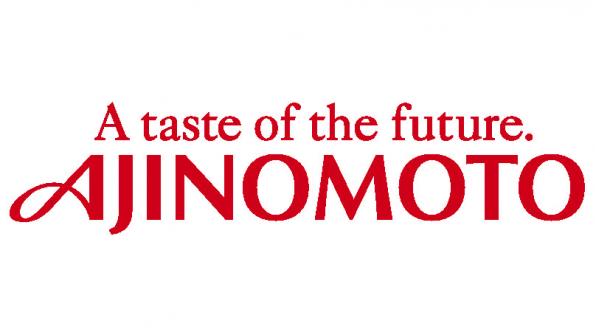
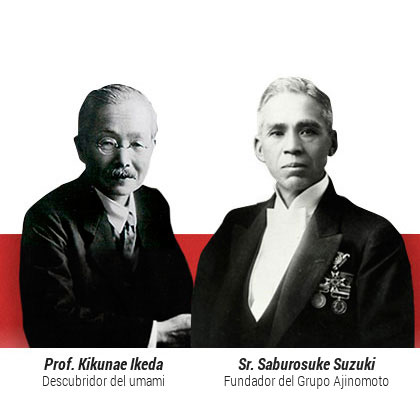
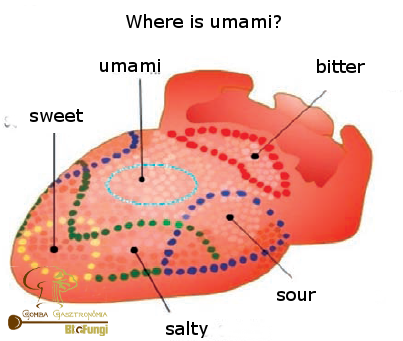



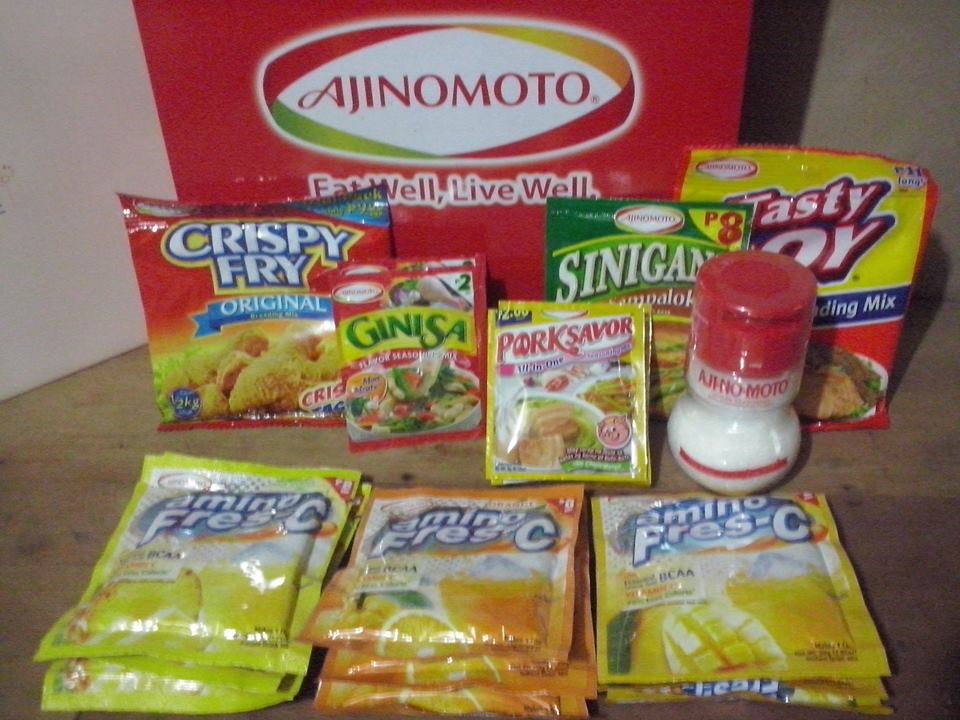
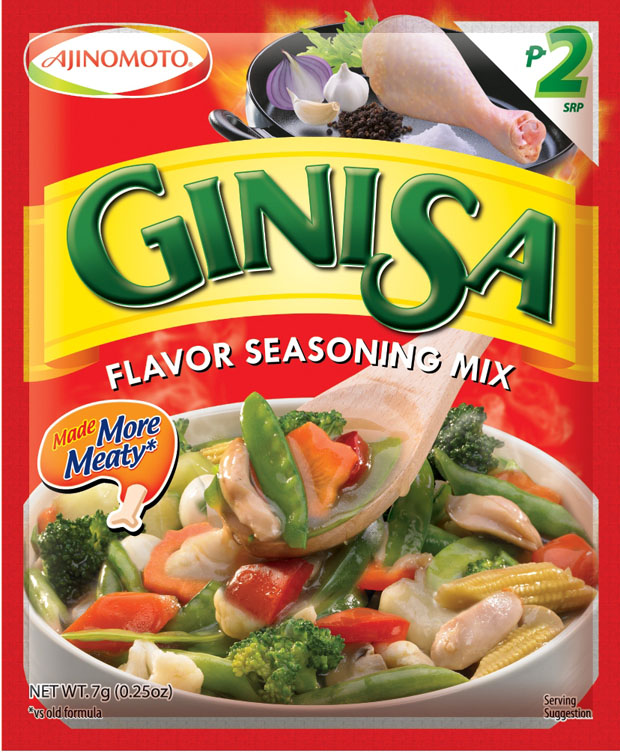



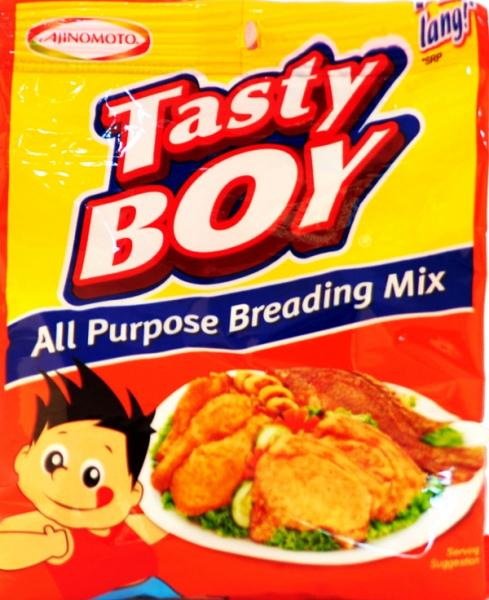
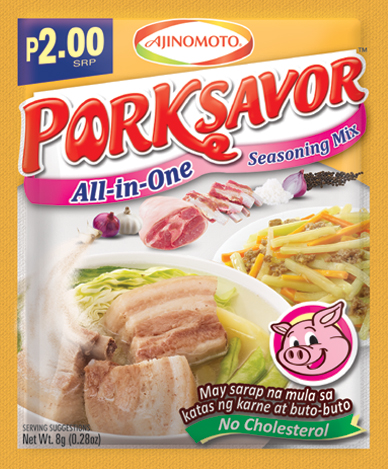

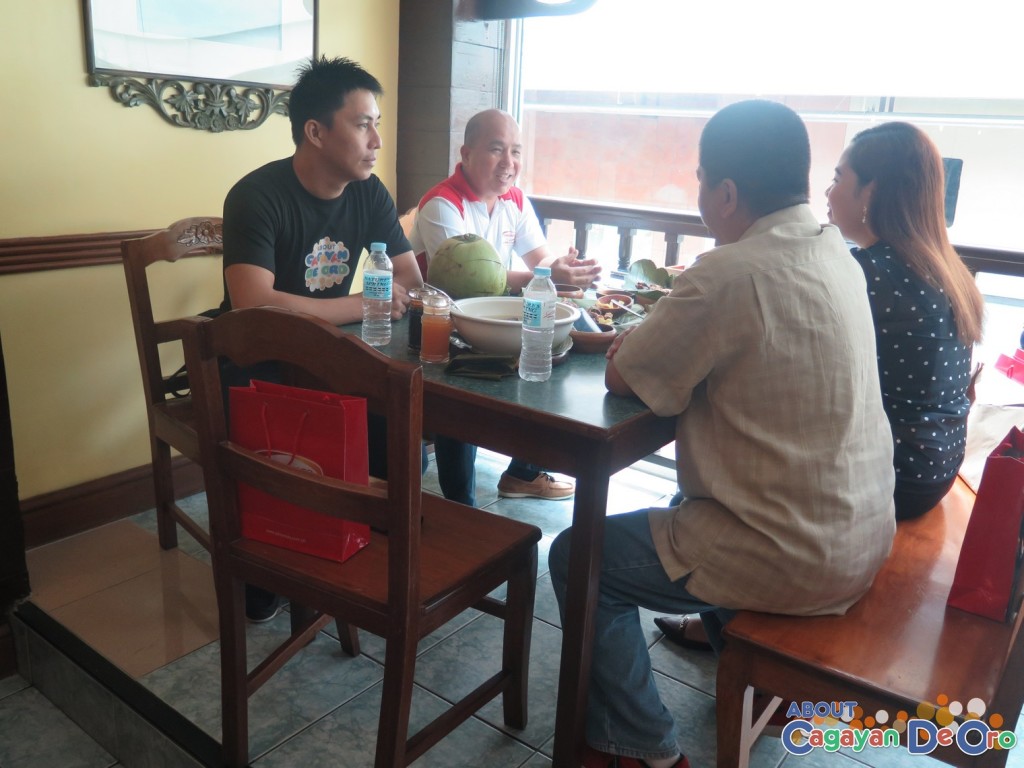

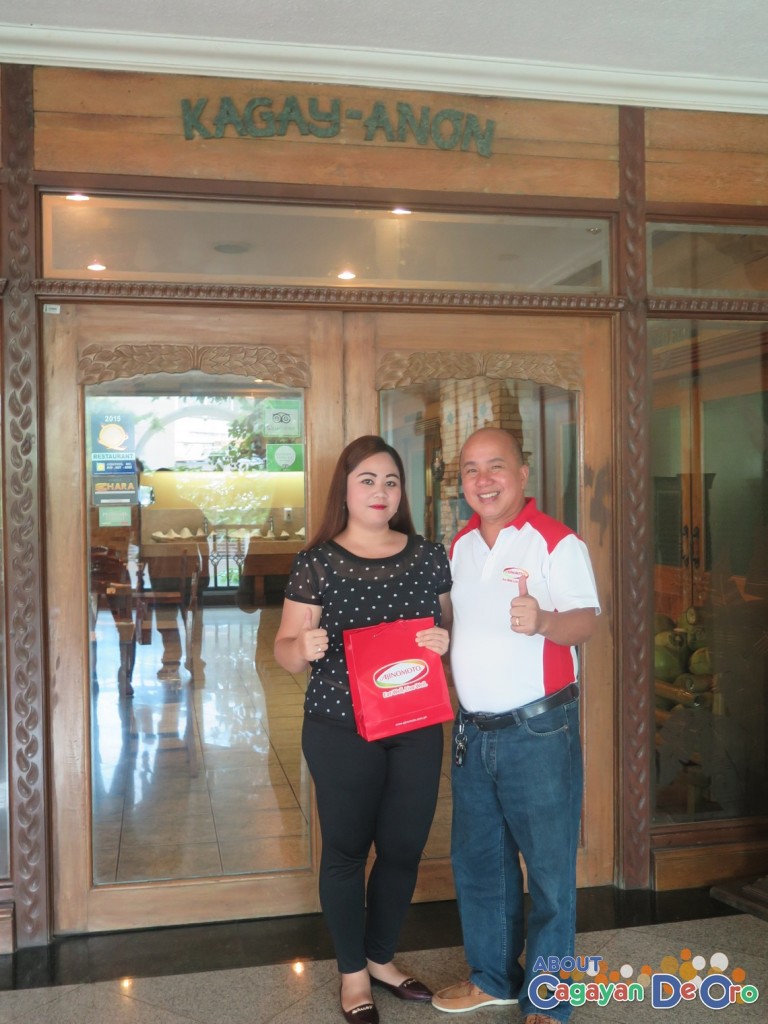

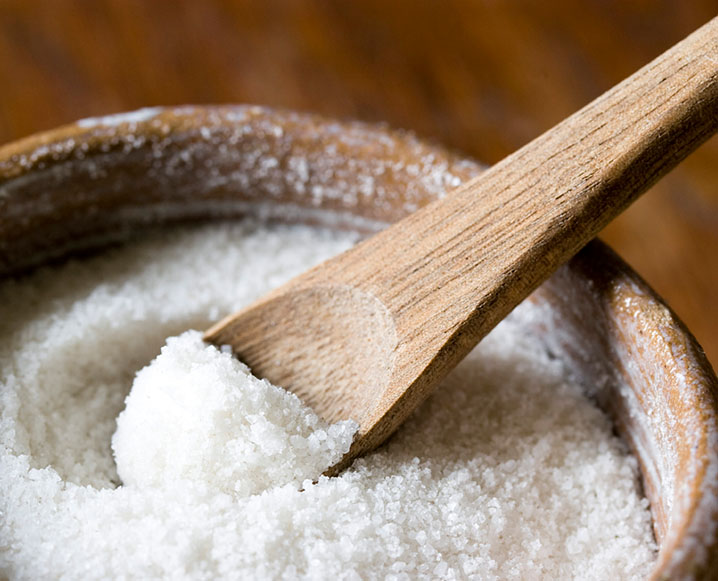


No Comments